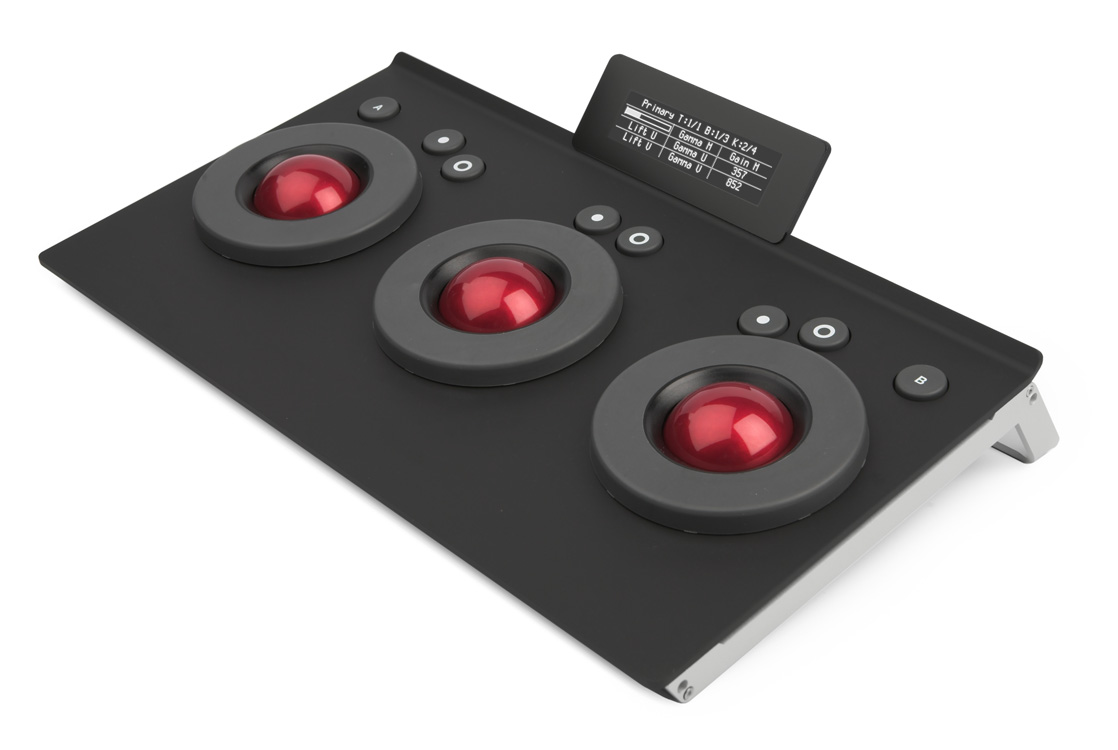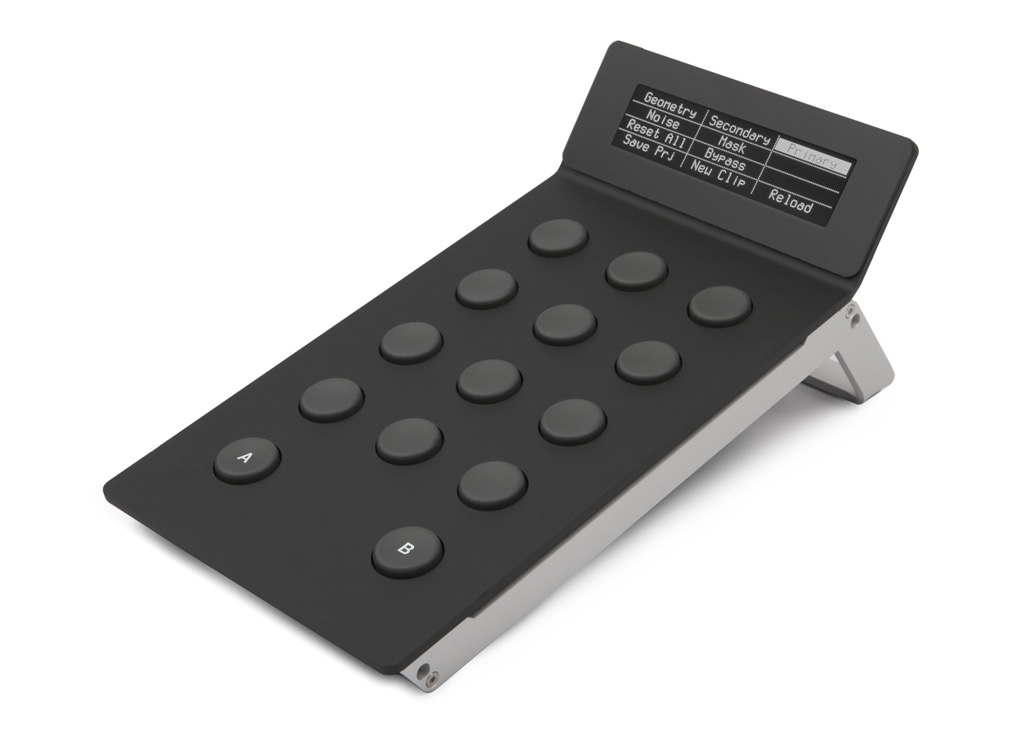News
New Tangent Element controller
London-based Tangent Devices has just released the Element controller, designed to handle a variety of applications.
It has four palettes that are independent and can be purchased separately. Depending on the needs of each one and the utility that you are going to give it, or the software you want to use, you can create your own controller without the need to have more or less controls than necessary. Here you have a small description of each one of them: 
– Element-Tk: includes three “trackerballs”, which work with optical laser sensors, and their corresponding rings around them. The balls can be easily removed as in the Avid Artist Color (which can be a nuisance). (Priced at $1195).
– Element-Bt: it consists of a button panel with 12 buttons arranged three horizontally and four vertically ($695).
– Element-Kb: it also has 12 pieces located in the same way as the Element-Bt. The difference is that the buttons are “knobs” ($895).
– And finally the Element-Mf: Multifunction. This palette adds a fourth “trackerball” and also has another button panel with 12 pieces and 5 scroll buttons. Undoubtedly it is the most complete and if you don’t need many buttons it could be very useful together with the Tk (1095$).
 You can also add 8 additional buttons that are activated by pressing Shift or Alt.
You can also add 8 additional buttons that are activated by pressing Shift or Alt.
The price of the four panels together is $3495.
One of the advantages of Element is that absolutely all of its controls are programmable. This feature allows us to set all the functions we want to the different buttons or the “trackerballs” and thus achieve faster handling and greater versatility. The problem with doing this is that there may be too many buttons with assigned functions and we may not remember where they are. In order to be able to identify them, above each palette there are displays (OLED operated), which indicate the functions that are applied to each button.
The connection to the computer is via USB, without the need for external power supply. To connect panels to each other, they are magnetically snapped together when brought close together.
Here is the link to the official website in case you want to see all the features.
At the moment, the programs with which it is compatible are:
– Scratch, by Assimilate (for versions 6.1 and higher).
– On-Set-Dailies, by Colorfront.
– Yo Yo, by Yo Yotta (for versions 3.1 and higher).
Although they are few and not particularly standardized (at least in Spain), work is being done so that soon it will also be possible to handle them with:
– Apple Color (RIP)
– Flow and Colorflow, by Cintel.
– FLEXXITY, by DFT.
– OCEAN, RAIN and MIST, by Marquise.
– PFClean, by The Pixel Farm.
– Mistika, by SGO.
Probably for us the most attractive software to use with the Element is the Spanish Mistika, which is slowly but surely becoming more and more popular around the world. One of the biggest drawbacks is that it is not compatible with DaVinci Resolve, and it seems that, for the moment, Blackmagic Design has no intention of making this possible. This is probably because they already have their own controller designed specifically for speed and efficiency in DaVinci, and if the Element was compatible with Resolve Lite you could have a color room with DaVinci capable of working at a very high level without Blackmagic seeing a dime. We’ll see if they bring it out or not.



